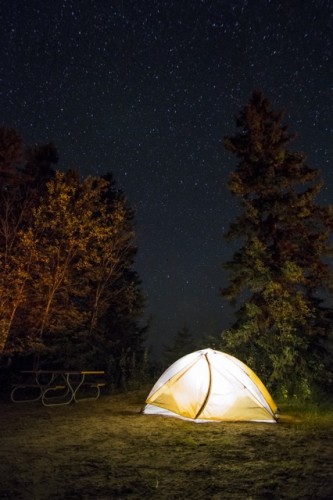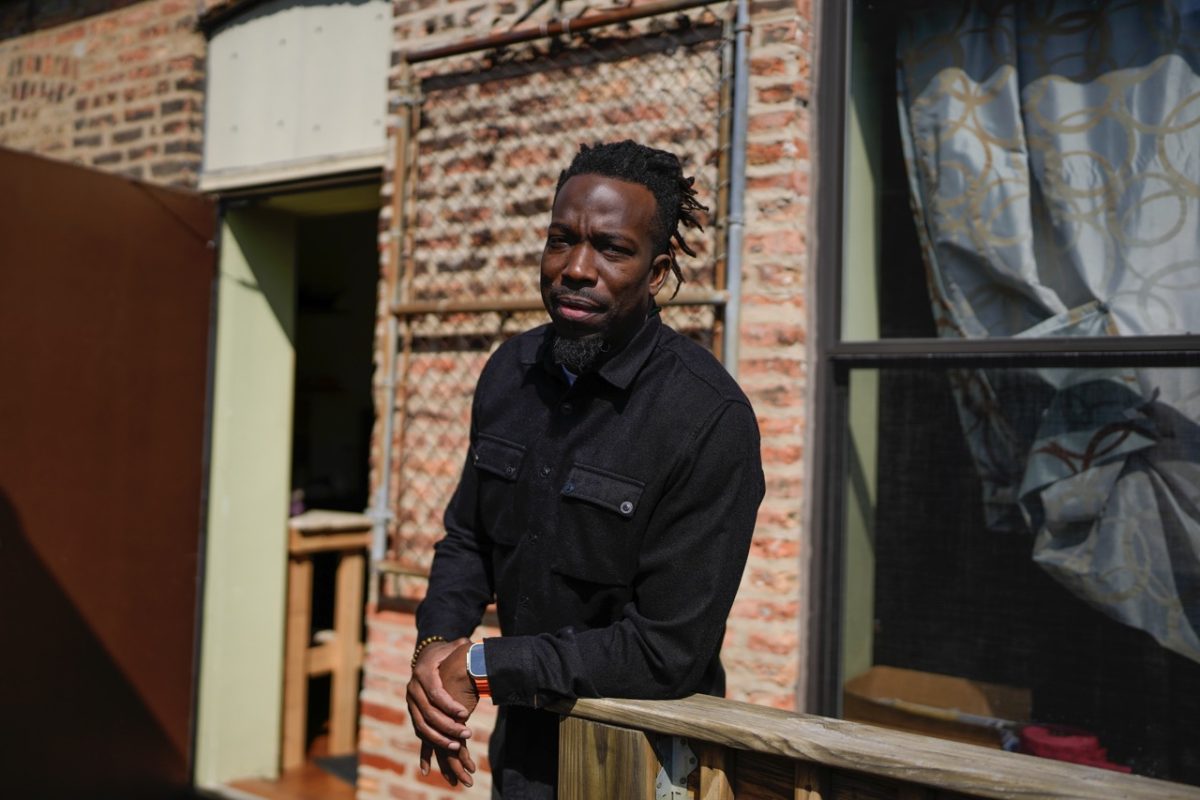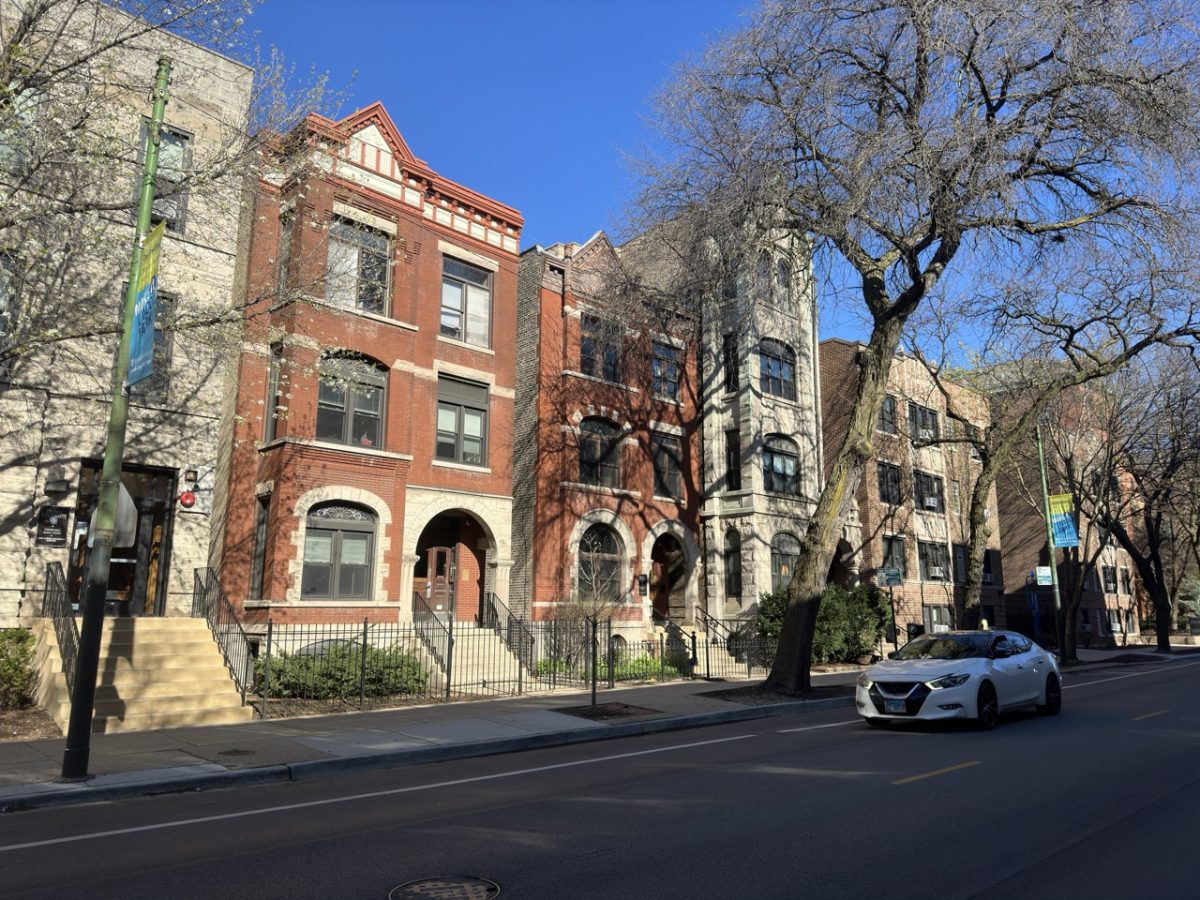
Stargazers in the Western Hemisphere will be treated to the first supermoon lunar eclipse in 33 years this weekend. This event, which begins at about 7 p.m. Sunday, has sparked everything from excitement to fear of the apocalypse.
According to Space.com, the supermoon eclipse will begin at 7:12 p.m. CDT, and conclude at 12:22 a.m. on Sunday night. Throughout this time, the moon will enter several different phases with the partial eclipse visible at 8:07 p.m. and the total eclipse visible from 9:11 p.m. until 10:23 p.m.
On average, lunar eclipses are visible at least once every year, however, a rare supermoon eclipse happens roughly once every 25 years. This celestial phenomenon occurs when two different astronomical events occur at the same time, a total lunar eclipse and a supermoon. A total lunar eclipse occurs when the sun, Earth and moon are in line, and the moon passes directly into the Earth’s shadow, also known as the Earth’s umbra.
“When astronomers speak of the blood moon, they are referring to the red-orange color that sometimes happens during a total lunar eclipse,” Audrey Fischer, president of the Chicago Astronomical Society said. “The sun’s light rays intersect with Earth’s atmosphere and gets bended twice to finally project upon the moon. Earth’s atmosphere filters out all the colors except red.”
Supermoon eclipse occur when a lunar eclipse coincides with the full moon, which is closest to Earth on its elliptical orbit, resulting in the moon appearing abnormally large.
Much has been made about the religious relevance of the supermoon eclipse, with Christian leaders, such as minister John Hagee, claiming that it will bring about the end of times. However, this event also holds significance in many other cultures around the world, both past and present.
In Benin and Togo, the Batammaliba people believe that the reddish tint signifies a conflict between the sun and moon, and they must encourage it to stop by resolving feuds and anger between villagers. In ancient times, the Incas would howl and throw spears at the moon in order to scare away a jaguar thought to be attacking it and causing it to bleed.
“While these were the beliefs of our ancestors, many people in the countryside still hold a fear of lunar eclipses. They believe it’s bad luck,” said Adela Carlos Rios, a lecturer at the University of Michigan who specializes in Andean linguistics.
For best viewing, find a location with an unobstructed view of the Eastern sky. There are many great places to watch the eclipse in or around Chicago.
“It’s exciting to see such a rare event, and hopefully I’ll be able to get some great photos,” Brittany Hans, a senior minoring in photography said.
Best places to see the supermoon eclipse:
- Adler Planetarium – If you’re looking for short trip to check out the eclipse, Chicago’s planetarium will be hosting a blood moon viewing party from 7 p.m. to 11:30 p.m. This event includes telescope viewing, lectures by Adler astronomers, as well as other educational programing, offering more insight to the eclipse and the science behind it. Admission is $12 for adults.
- Indiana Dunes – For those willing to venture outside of Chicago, Indiana Dunes State Park in Chesterton, Indiana offers a great place to view the eclipse with considerably less noise pollution than city viewing locations. Pack a blanket and enjoy the blood moon from one of the largest beaches in the region. There is no admission fee, but a $12 gate fee charged per vehicle entering the park.
- Wilderness State Park/Headlands Dark Sky Park – For those searching for real adventure and who don’t mind a road trip, Wilderness State Park and Headlands Dark Sky Park offer some of the best stargazing in the country. Located just outside of Mackinaw City, Mich., these parks are protected land, allowing crystal clear viewing undiluted by light pollution. The Headlands is one of only 6 dark sky parks in the United States, and offers free admission. Wilderness State Park sits on 10,512 acres and there is a $10 vehicle fee to enter the park. Camping is allowed.







